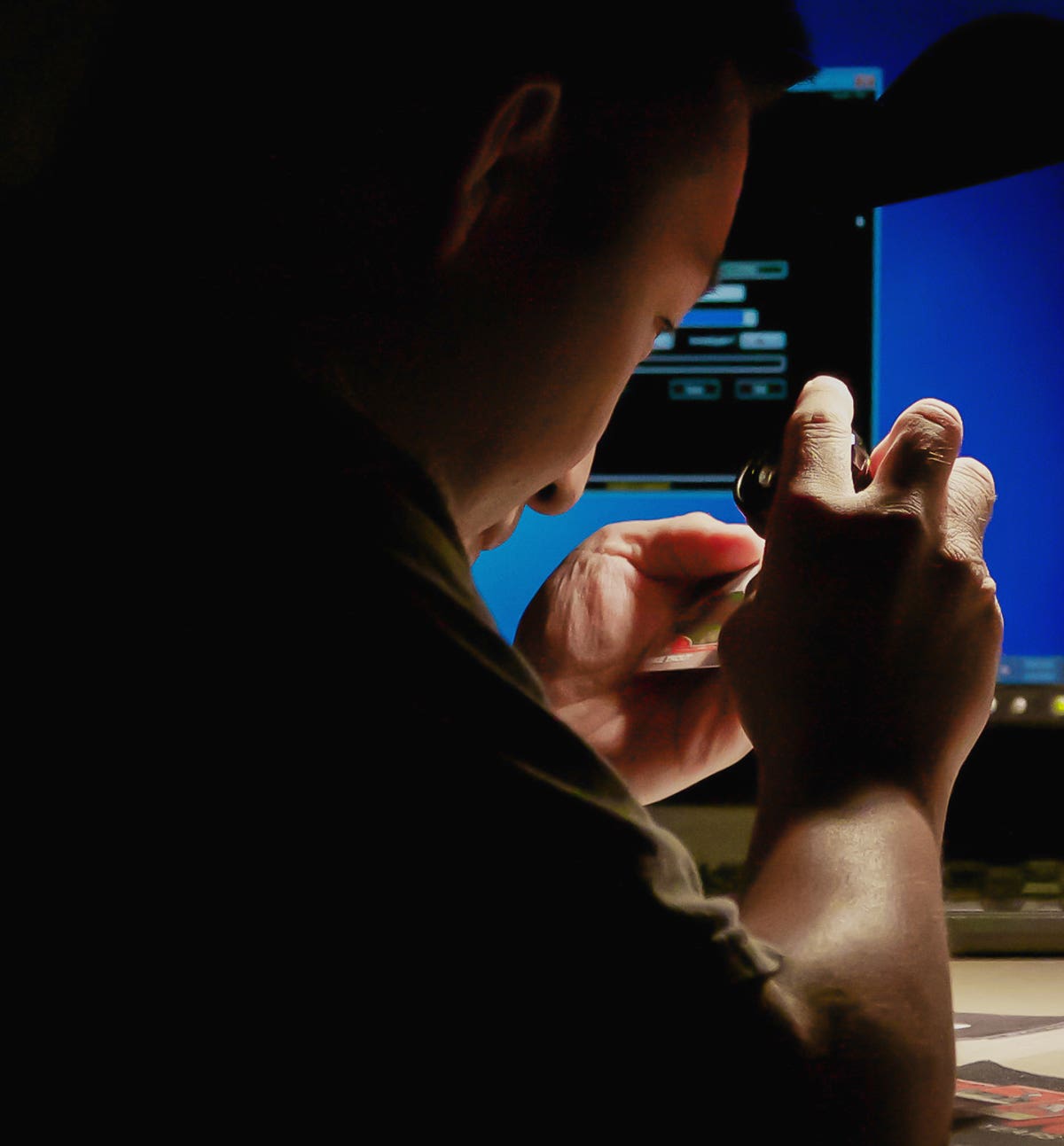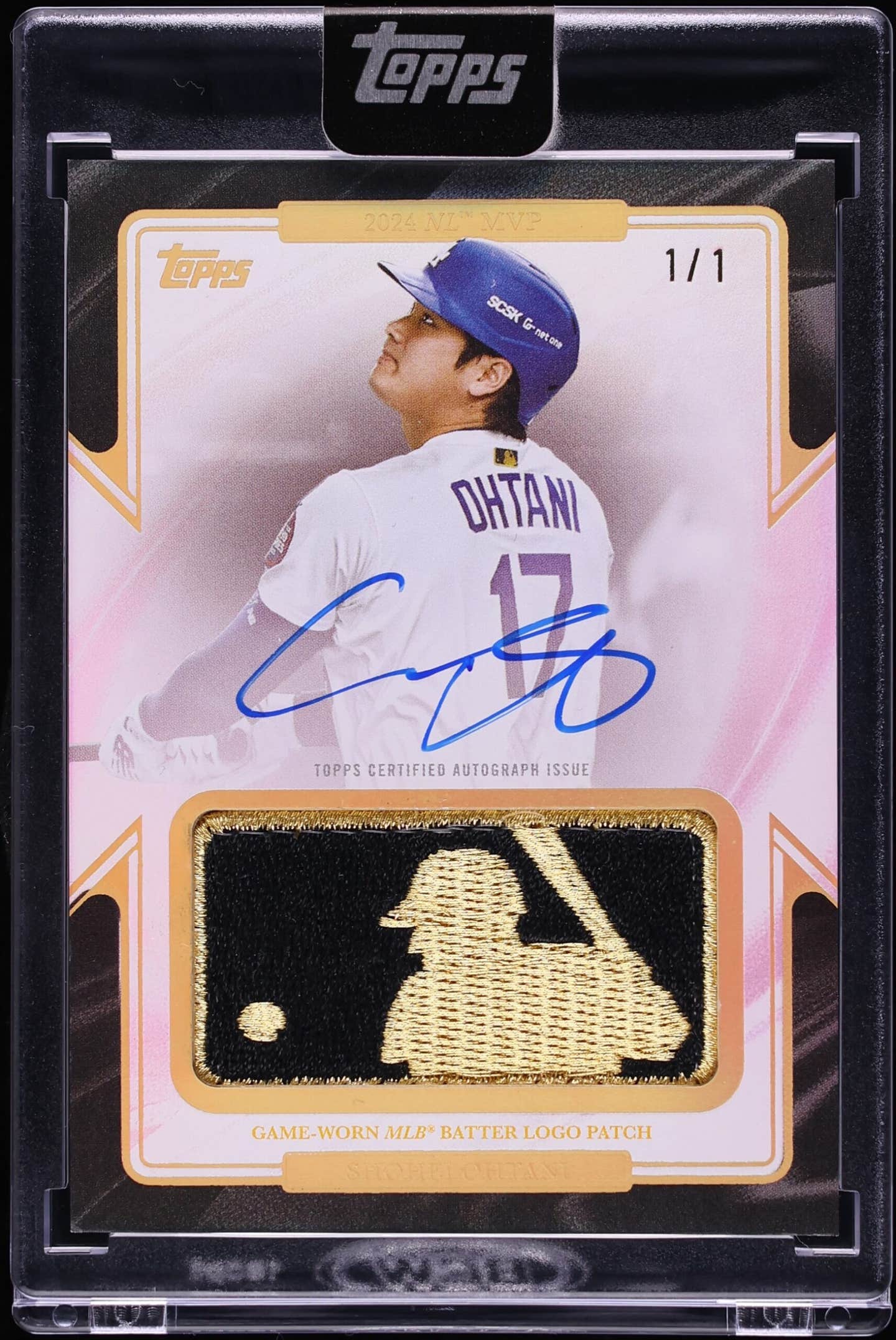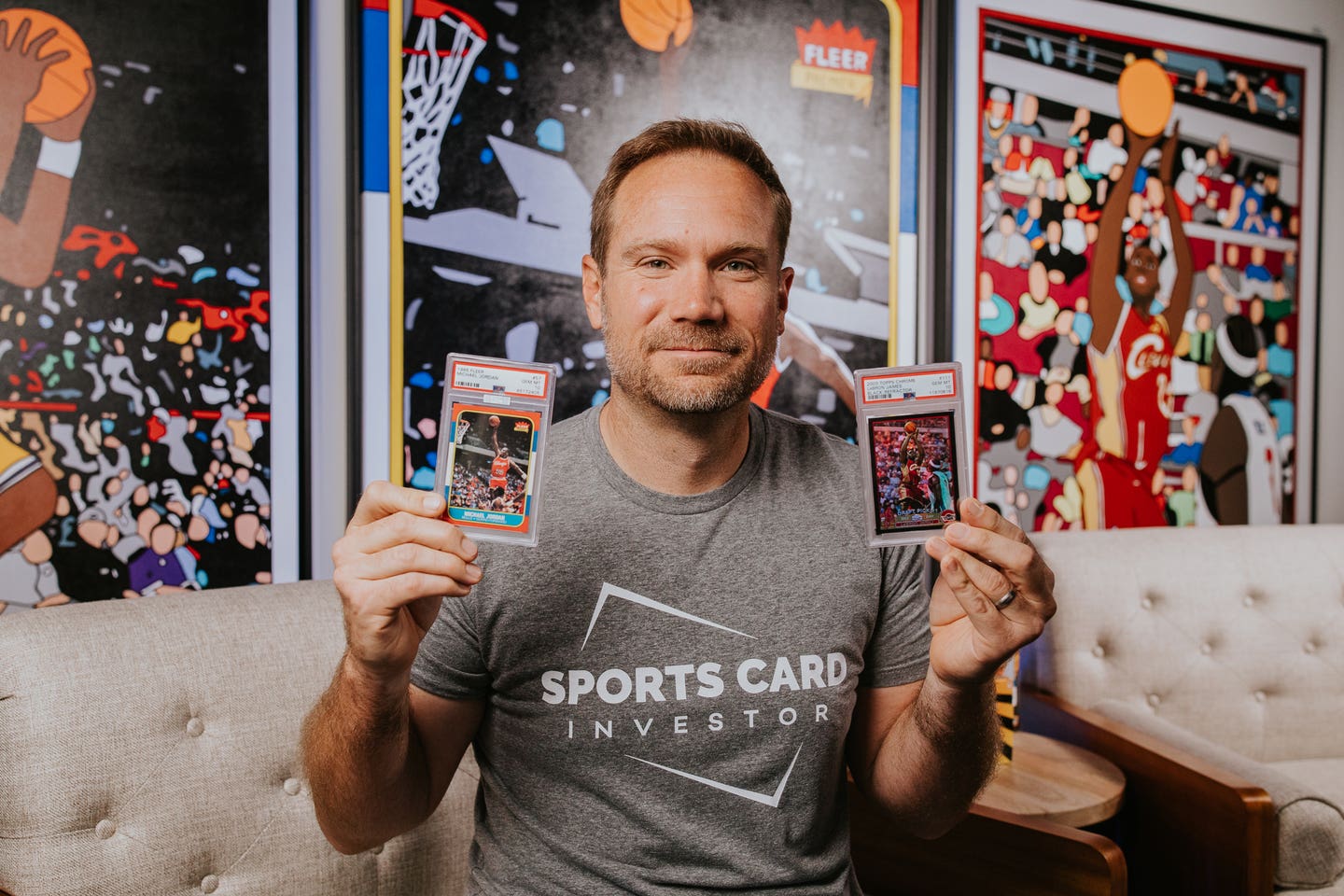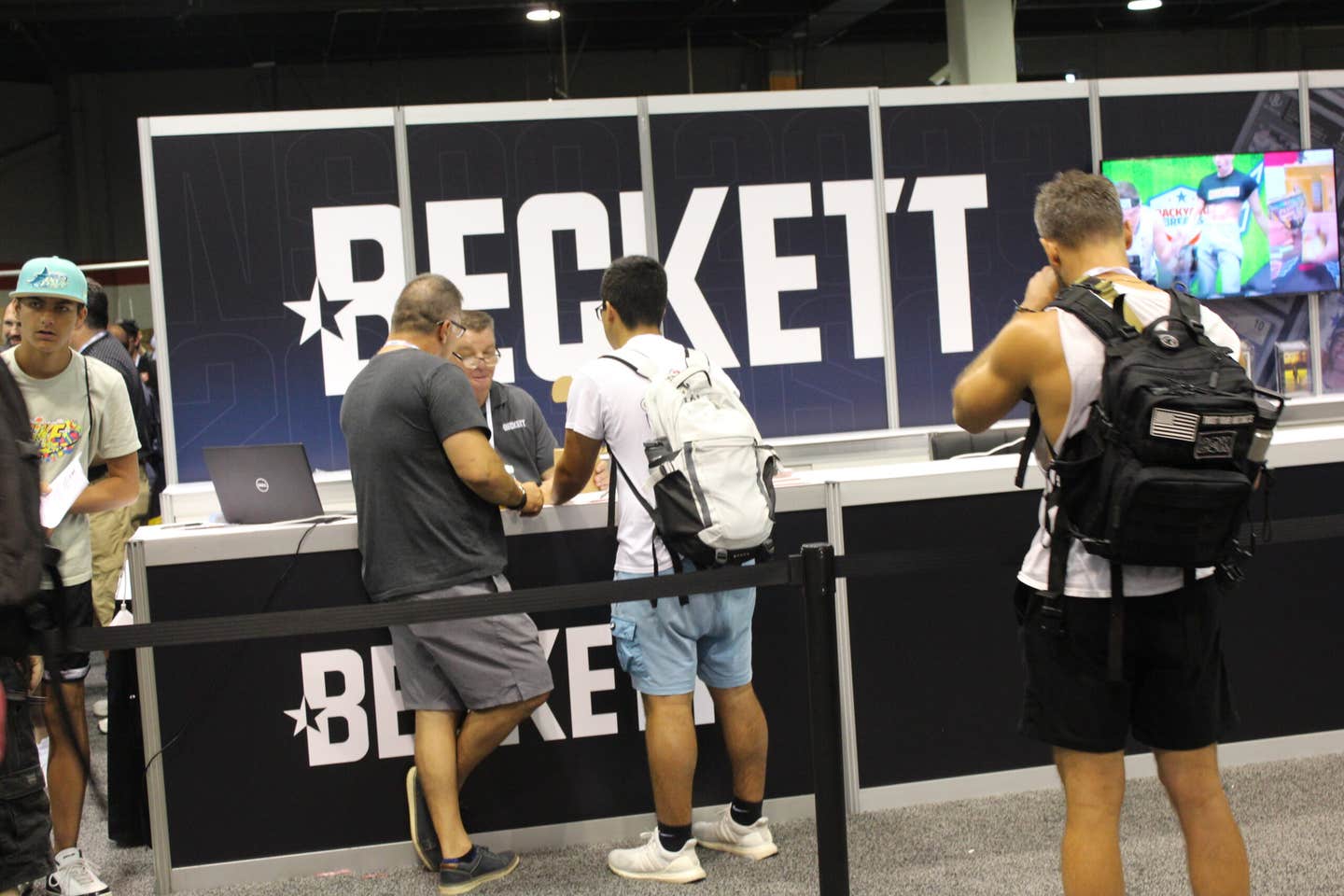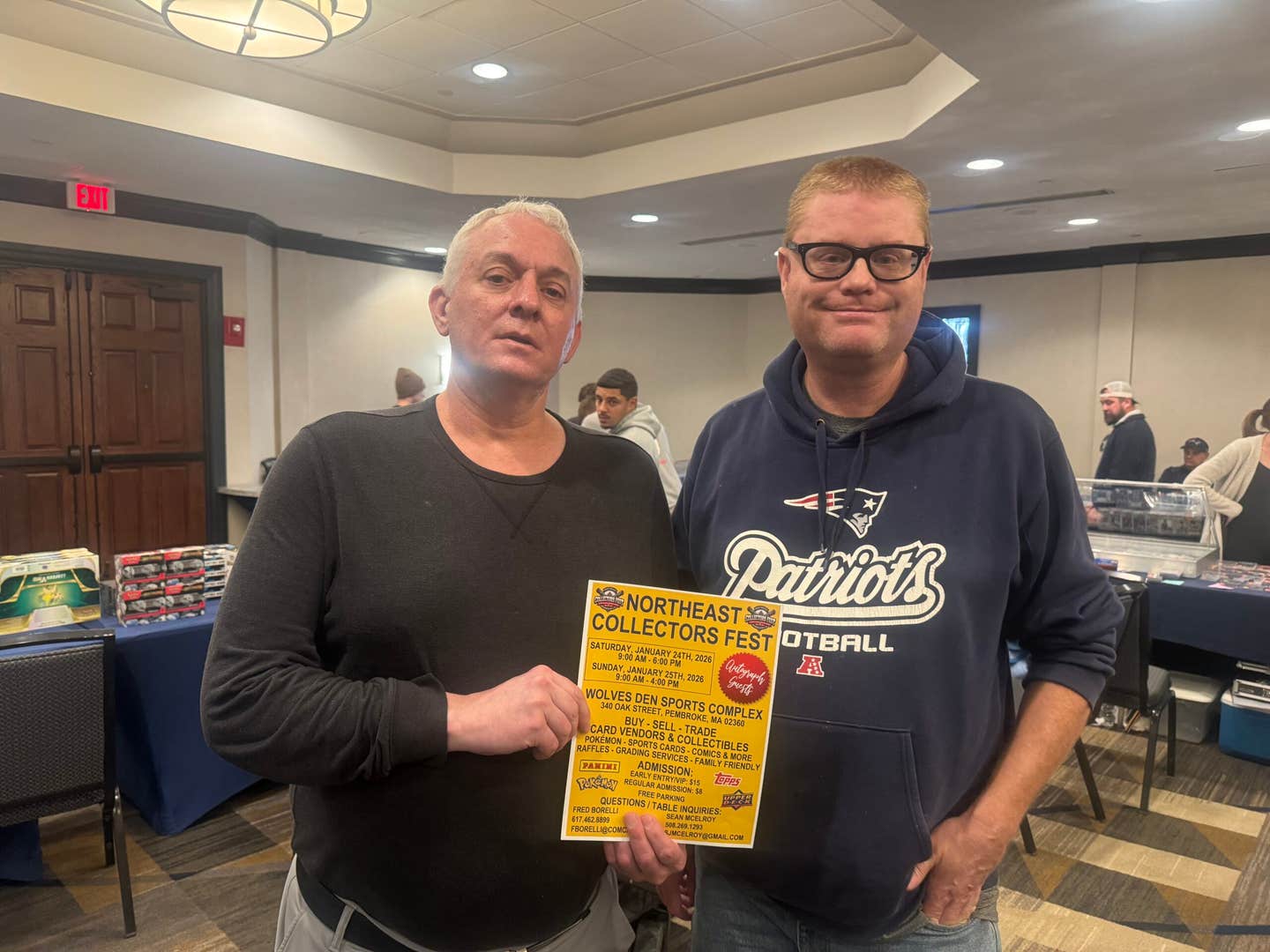News
Bob Lemke and the Bataan Death March …
Now there’s a headline designed to lure in the reader. My old friend Bob Lemke has been gone from SCD for several years now, but fortunately for me he’s still here in town in Iola and we get to talk on the phone frequently about hobby events of all descriptions, among other things.
Bob routinely keeps me up to date on some of his incredible card creations, specifically his massive array of ersatz cards he’s made in the design style of the 1955 Topps All American Football issue. (shown here)
He was telling me about a custom order he’d done for a man who wanted a card of a former Notre Dame player and World War II hero who had been among the 75,000 American and Filipino prisoners of war who had been part of the infamous “Bataan Death March” in the Philippines in 1942.
The player, Mario “Motts” Tonelli, had helped engineer a thrilling Irish win over USC in 1937 with a 70-yard run from scrimmage late in the fourth quarter, but the USA Today article “To Hell and Back,” talks about his war service more than his exploits on the gridiron.
I was fascinated by Lemke’s brief recounting of the tale – and later the full USA Today story – in part because I had actually traveled along much of the route of the Bataan Death March in 1969 when I was stationed in the Philippines in the Navy and remembering the overwhelming feeling that this was hallowed ground, a place with a somber history despite its incredible lush geography.
I would urge you to go to the link included here (Tonelli is also on YouTube, as well), but I’ll hit the one highlight here. During the brutal 60-mile trip through the jungle that would result in the deaths of perhaps nearly 20,000 men (figures are disputed), a Japanese guard noticed the Notre Dame ring on Tonelli’s finger. When the guard demanded the ring, Tonelli initially refused, and the enraged guard reached for his sword.
Another prisoner told Tonelli to give it to him, that it wasn’t worth dying for. Tonelli reluctantly did surrender the ring. Within a few minutes, a Japanese officer appeared and asked Tonelli if one of his guards had taken something from him. When Tonelli said the guard had taken his school ring, the officer handed it back to him, telling him to hide it somewhere or he might not get it back the next time.
I’ll quote the article verbatim here: The act left Tonelli speechless. “I was educated in America,” the officer explained. “At the University of Southern California. I know a little about the famous Notre Dame football team. In fact, I watched you beat USC in 1937. I know how much this ring means to you, so I wanted to get it back to you.”
The surreal encounter ended, and the gridiron and battlefield rivals headed their separate ways.
“I always thought that someday he’d try to look me up,” Tonelli says. “I guess he probably didn’t make it through the war.”
Lemke gets to make a lot of important cards, but few have this kind of regal quality.



